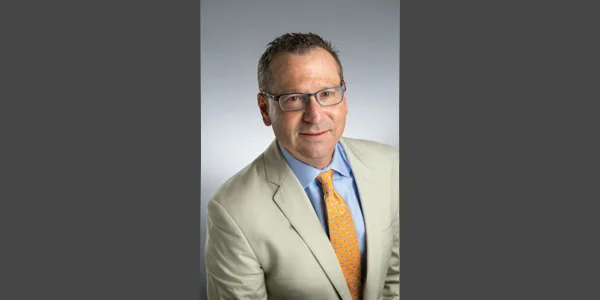 Things have changed a lot since I was in surgical residency. Back then, implantology was in its relative adolescence. We took a panoramic radiograph, did a thorough clinical exam, flapped open the ridge, and placed the fixture where it seemed to belong. If we wanted to be fancy, the restorative dentist would wax-up a surgical guide, which we might use or not — a modest attempt to find where the implant should be placed based on the desired prosthetic result. But, for the most part, the restorative phase was a surgical afterthought.
Things have changed a lot since I was in surgical residency. Back then, implantology was in its relative adolescence. We took a panoramic radiograph, did a thorough clinical exam, flapped open the ridge, and placed the fixture where it seemed to belong. If we wanted to be fancy, the restorative dentist would wax-up a surgical guide, which we might use or not — a modest attempt to find where the implant should be placed based on the desired prosthetic result. But, for the most part, the restorative phase was a surgical afterthought.
Now, 3D technologies, including cone beam computerized tomo-graphy, CAD/CAM scanning and milling, and 3D printing, have revolutionized not only the workflow of implantology but also our approach to treatment planning. The concept of restoratively driven treatment planning is increasingly becoming a topic of discussion at dental meetings and in the literature. This means starting with the final restorative outcome in mind and working backward from there to develop treatment plan options that make the ideal result possible. If bone and/or soft tissue are deficient, then planning includes procedures to optimize the ridge, so that implants can be placed in the ideal sites and positions for the final prosthesis to be successful both functionally and esthetically. The position, angulation, and depth of each osteotomy and fixture placement is precisely controlled using milled or stereolithographically printed surgical guides and specifically designed guided surgery drills and instruments. As a result, complex dental implant treatment is becoming more predictable and common. Efficiency is improved, surgical times shortened, and implant position is less vulnerable to the inaccuracies that can result from freehand placement. For the less-experienced clinician, the anxiety associated with implant surgery is also significantly reduced.
The technological advances that have changed the accuracy and efficiency of complex implant procedures has had an unprecedented side effect. Whereas traditionally, only surgical specialists placed implants, and restorative specialists provided the prosthetic component, now a growing core of general dentists have begun to place dental implants. Clinicians cannot argue that economic pressures have been a component of this shift, but when general dentists are questioned, another motivation becomes apparent. And this is one that many surgical specialists fail to admit or even acknowledge. Restorative dentists have become frustrated with having to attempt to restore implants that were placed in positions and at angles that make the prosthetic design difficult, if not impossible. And so, clinicians are increasingly deciding to avail themselves of the latest technology, performing their own implant surgeries in an attempt to facilitate predictable restorative outcomes.
Surgeons are trained to understand that performing surgery on another human being is a privilege that carries great responsibility. Many implant-training courses geared toward general practitioners are taught by clinicians who lack formal surgical training, so this philosophy is often neglected in deference to presenting implant surgery as something that anyone can do. This approach has generated angst among surgical specialists, who believe that 3D technology is merely a “crutch” for undertrained practitioners to place implants. As a highly trained and experienced surgical specialist who utilizes these technologies extensively in practice, I see things a little differently. CAD/CAM, CBCT, and 3D printing raise the bar for all of us. These incredible tools allow us to imagine and execute complicated implant treatment plans with accuracy and predictability that we previously could not consistently achieve. This also gives us a tremendous opportunity. There are plenty of patients for both surgical specialists and general dentists to treat. It is my belief that as highly trained and experienced specialists, it is our obligation and responsibility to assume the role of teaching implantology to general practitioners following the philosophy instilled in us in our training programs.
First, start with the basics, and then build slowly from there. Next, only treat cases where you are 110% confident in the outcome. Work closely with your surgical specialists. Above all, always, always do what is best for your patient.
We can no longer stick our heads in the sand and hope that things will get better. We are the leaders in implantology. Let’s act that way.
Stay Relevant With Implant Practice US
Join our email list for CE courses and webinars, articles and mores



